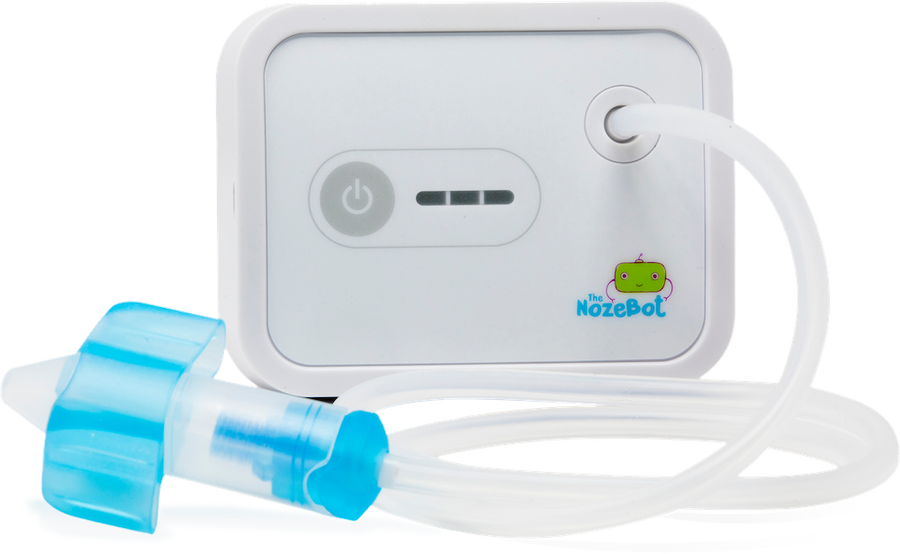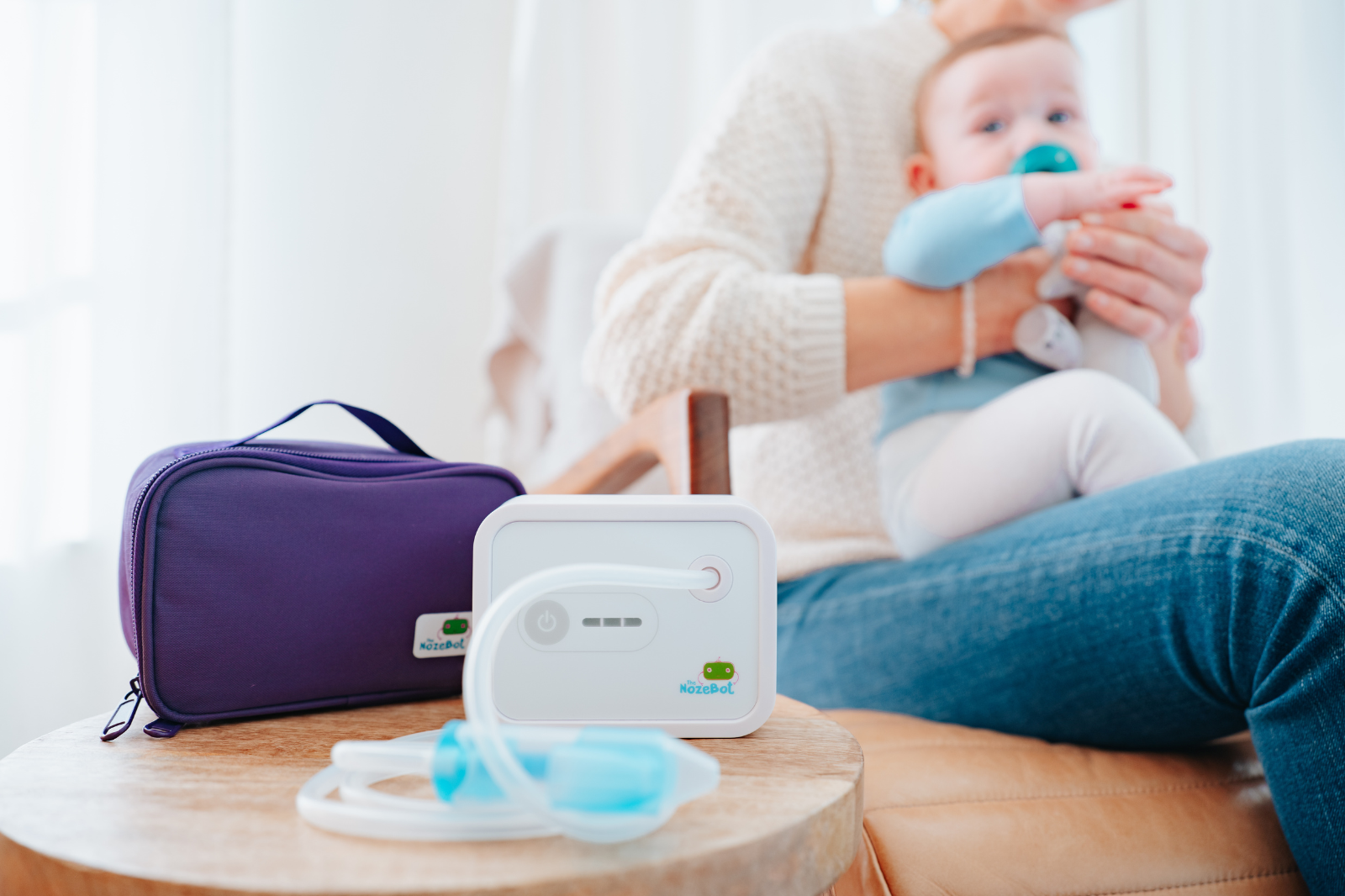Guest Post By Genevieve Kane, MSN, RN
As the cold weather turns into spring, parents and kids can get outside to play in the fresh air without needing to bundle up! Spring and summer are also when everyone is ready to shake off all the illnesses that happen more over the winter months.
However, if your little one experiences seasonal allergies, bringing them outdoors for fun may result in watery eyes and sneezing noses. If you have a child with allergies, here’s what you need to know and how to help them find relief.

Most Common Causes of Spring Allergies
When everything is in bloom, it can be challenging to determine which plant species is to blame for your little one’s allergies. Here are some of the most common culprits per the NIH MedlinePlus Magazine:
- Tree pollen from any tree, but especially birches, oaks, elms, and maples
- Grass pollen
- Mold spores in the air
Another common trigger of allergies many are familiar with is ragweed, although this is more common in the fall. It’s also important to note that mold spores can cause allergy symptoms throughout the entire allergy season (spring, summer, and fall).
And while you may speculate which allergen is to blame for making your child feel crummy, the only way to definitively know what they are allergic to is through allergy testing.
Most Common Symptoms of Spring Allergies
Regardless of the cause of allergies, the symptoms are generally the same. And unfortunately, many of the symptoms of allergies are similar to the common cold. The most common symptoms of seasonal allergies, per the American Academy of Pediatrics (AAP), include:
- Runny nose
- Stuffy nose
- Itchy nose
- Itchy eyes
- Sneezing
Other symptoms may also include headaches and general fatigue or tiredness.

How to Provide Relief for Spring Allergies
Fortunately, there are several ways to provide relief for seasonal allergies. If you think your child has seasonal allergies, discussing treatment with their healthcare provider is essential. However, common remedies a healthcare provider will likely recommend are:
Antihistamines: Several formulations of antihistamines are available, and some may make children drowsy. The AAP describes antihistamines as effective at reducing several symptoms, such as watery and itchy eyes, sneezing, itchy skin, and even hives, if that is one of your child’s symptoms.
Common examples of antihistamines include Children’s Benadryl® (which may make your child sleepier then the other options listed), Children’s Zyrtec®, and Children’s Claritin®. In addition, there are liquid and chewable versions of antihistamines, along with generic options.
Nasal Corticosteroids: The AAP explains these are used to control chronic allergies in kids and are safe for daily use. In fact, to be most effective, they should be used daily. There are both over-the-counter and prescription options for nasal corticosteroids.
An example of a common over-the-counter nasal corticosteroid is Children’s Flonase®.
Non-medical Relief: Besides medications, you can try several non-medical options to provide allergy relief, per the AAP. For example, your child may be allergic to common allergens in the home, such as dust mites, various pet dander, or mold inside the home. When seasonal allergies come around, they may become especially miserable.
If your child is possibly allergic to something in your home, consider contacting their healthcare provider for allergy testing. This way, you can understand what their allergy triggers are and work to prevent them.
For example, you have little control over what’s blowing around in the air outside. However, you can work to prevent allergens in the home as much as possible, especially during peak seasonal allergy season. One way to keep allergens out of the home is by keeping windows closed on days with high allergen counts (many weather apps will provide you with high allergen counts for that day, such as pollen).

Other tips to help control allergens in the home, per the NIH MedlinePlus Magazine, include:
- Closing windows and using air conditioners instead when possible
- Keeping grass cut short
- Brushing off pets after they have been outside to prevent them from tracking allergens inside the home.
- Rinsing off and changing clothes after being outside to reduce allergens on yourself and those in the home.
Key Takeaways
Spring allergies can cause unpleasant symptoms right when you’d like to be outside enjoying the warmer weather. Fortunately, there are several ways to treat and help prevent them. It is usually possible to control seasonal allergy symptoms through a combination of over-the-counter, prescription, and non-medical methods.
And keep in mind a nasal aspirator like the NozeBot can help provide quick relief for the littlest of noses.
Looking for more information on seasonal allergies? Try these:
- 6 Foods That Help Calm Seasonal Allergies
- Do You Know The Differences in Children's Allergy Medications?
- 3 Tips For Allergy Relief
- How to Tell The Difference Between Allergies and a Cold
However, if there are concerns, your child’s healthcare provider is a great resource to reach out to for advice and questions about spring allergies.
Genevieve Kane, MSN, RN, is a mother of four and a registered nurse with a background in pediatrics. When she's not working, you can find her cooking up tasty family dinners or keeping up with her kids on a hiking trail in her home state of Colorado.
The Nozebot is a battery-powered suction device designed to clear nasal congestion in babies and children.


